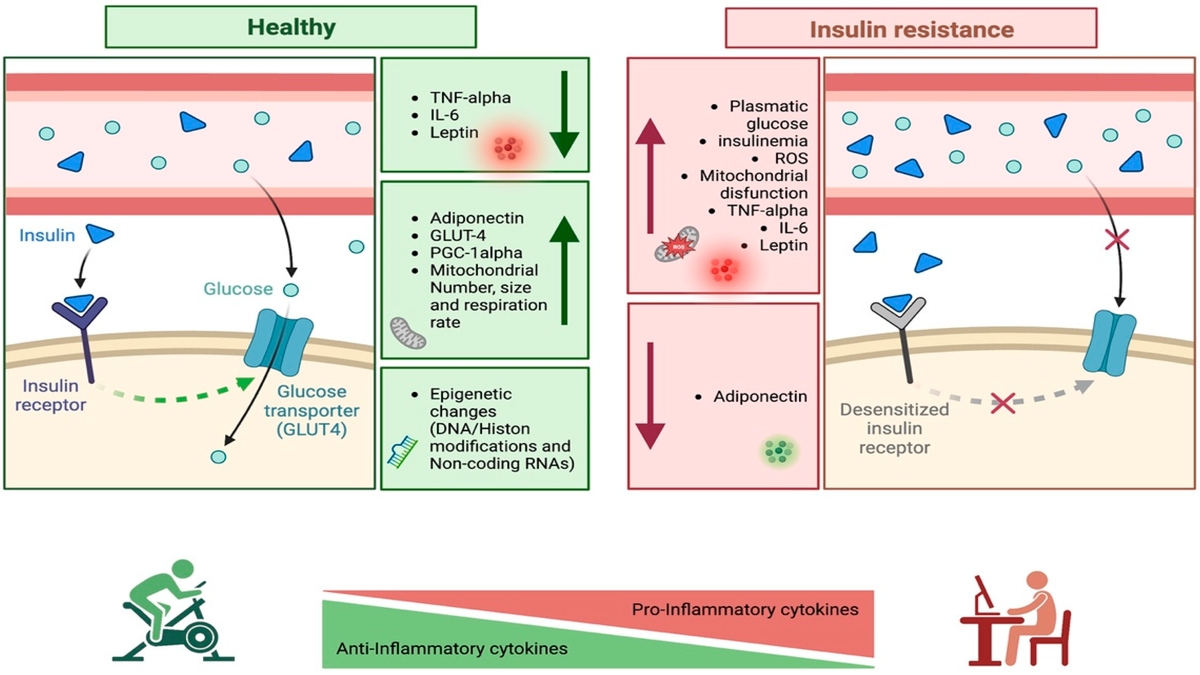
Improving metabolic health among overweight youths is a critical health concern in today’s world. Research findings have indicated that regular physical activity combined with a healthy diet can significantly improve insulin levels and insulin resistance, leading to better metabolic health. This article delves deeper into the effects of physical activities and diet on the metabolic health of overweight youths.
Moderate to Vigorous Physical Activity and Metabolic Health
A study published in the Diabetes Care journal investigated the effects of moderate to vigorous activity on fasting insulin and HOMA-IR in overweight youths. The study found that engaging in at least two to three 60-minute sessions of moderate to vigorous physical activity per week led to improvements in fasting insulin levels and HOMA-IR. These improvements indicate enhanced insulin sensitivity in overweight youths. The physical activities could include High-Intensity Interval Training (HIIT) or a combination of HIIT and resistance training.
Tree Nuts and Metabolic Syndrome Risk
But can diet also play a role in improving metabolic health? A randomized trial aimed to determine the effects of consuming tree nuts as snacks on metabolic syndrome risk in young adults. The study found that daily tree nut consumption led to reduced waist circumference in females and decreased blood insulin levels in males. Furthermore, it resulted in a significant reduction in the TG/HDL ratio in both males and females. Notably, these improvements were achieved without any caloric restriction, indicating that tree nuts could be a healthy snack option for overweight youths.
Vitamin D and Insulin Resistance
Another important nutritional factor in metabolic health is Vitamin D. A study of 4650 UK primary school children aged between 9 and 10 years found that Vitamin D played a significant role in insulin resistance. Lower 25 OH D concentrations were observed in girls, South Asians, and black African Caribbeans. Importantly, circulating Vitamin D was inversely associated with insulin resistance in all ethnic groups. This suggests that improving Vitamin D status could reduce the longer-term risk of developing type 2 diabetes, especially in South Asian and black African Caribbean children.
Concluding Thoughts
It’s clear that both exercise and nutrition can play a significant role in improving the metabolic health of overweight youths. Engaging in regular physical activity, such as HIIT or resistance training, consuming tree nuts as a healthy snack, and maintaining adequate Vitamin D levels can all contribute to improved insulin sensitivity and reduced metabolic syndrome risk. These findings emphasize the need for a comprehensive approach to health, involving not only physical activity but also attention to diet and nutrition.
